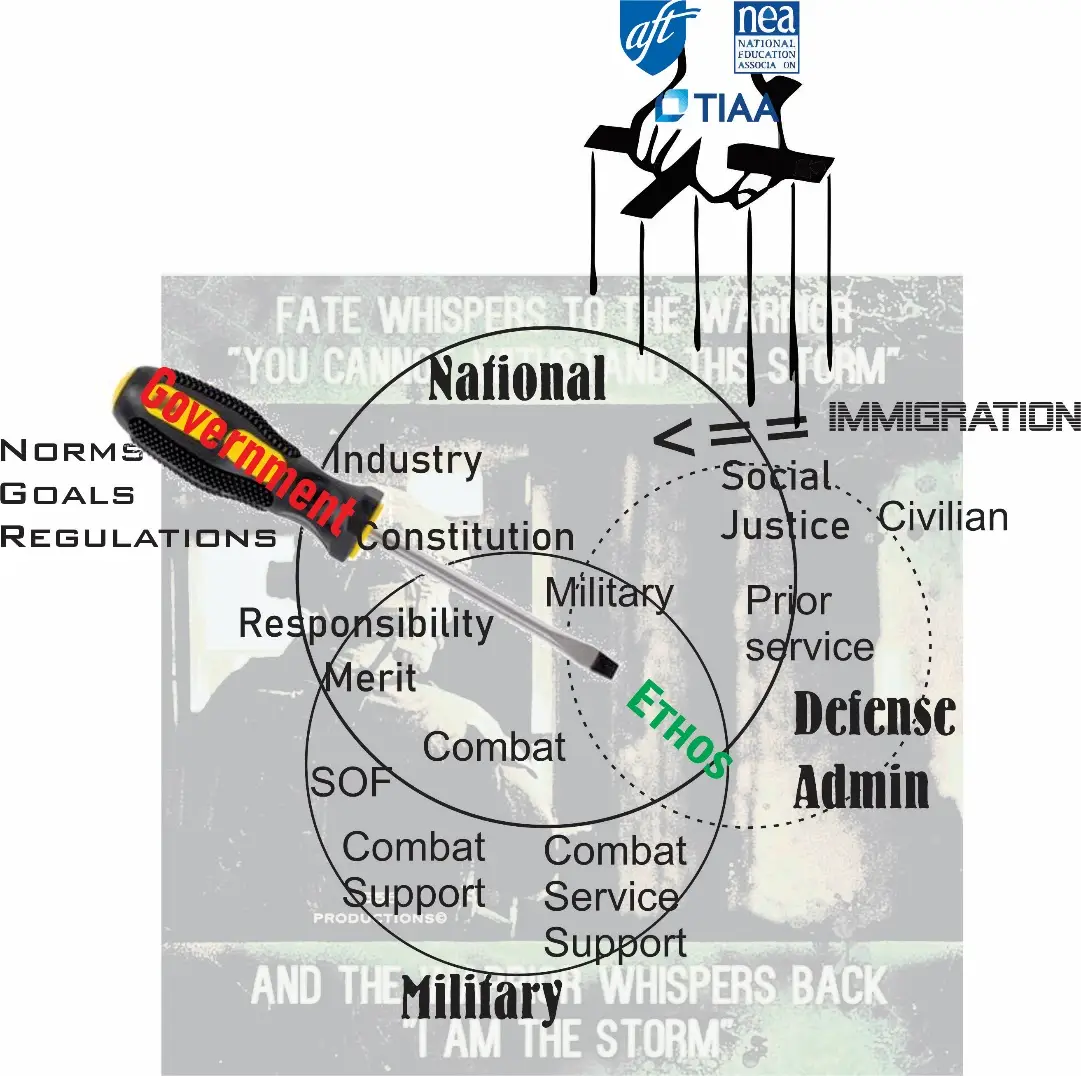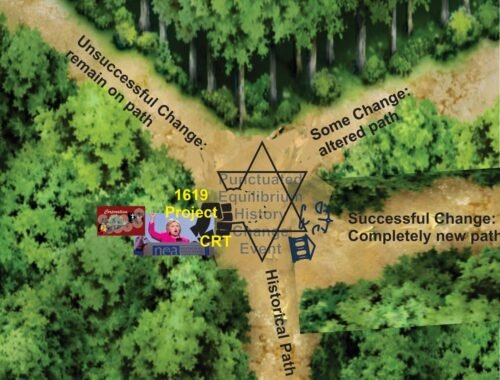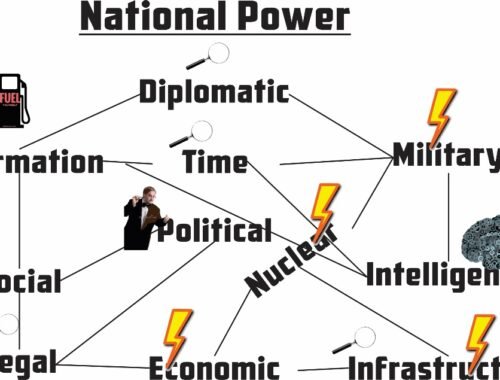
The Warrior Ethos: Part 2, Culture
Recall from part 1, Mirriam-webster defines Ethos as: “the distinguishing character, sentiment, moral nature, or guiding beliefs of a person, group, or institution”. Ethos is a manifestation of the cultural matrix from which it emerges. As the core culture changes, the ethos may change as well. But warrior ethos is based on a least three cultures:
- The national culture (cultures when the state is multi-cultural)
- The military culture
- The defense administrative culture
The defense admin culture is a blend of all the non-operational unit cultures. It could be substantially different from the culture of an operational unit. In some respects, it is a subset of both the national and military cultures, but it has grown in power and control. And within the military, there is a mélange of cultures. The culture of a logistics battalion differs from that of an infantry battalion, which is different from an airborne infantry battalion, which differs from a special forces battalion.
The national culture ranges from traditional values of individual responsibility merit and respect for the Constitution to social justice. It is increasingly a fractured, heterogenous group of cultures, some of which seem at war with other sub-cultures. For the last several years, the social justice movement seems to have captured the tools of government to shape society to their goals. Immigration and shifts in education heavily influenced it that de-emphasize the traditional American culture and obscure its roots, as discussed in the re-inventing history series.
These cultures are, in turn, influenced and governed by the government norms, regulations, and goals. The government can influence the ethos either indirectly through the budget and personnel selection or directly through executive orders and laws and regulations.
When the Army reinvented itself in the 1980s, the National Culture and the DoD Admin culture were not big factors. Yes, there was affirmative action, but it was “kinder and gentler” than the current social justice movement and there was less pressure to lower standards to drive diversity Largely, the military culture and Army leadership drove the change with little external influence as long as they adhered to the trappings o affirmative action. The most tectonic of which was admitting women into the service academies. That decision trigger lasting cultural changes.
Today, however, the Army faces pressures from the other two cultures and the government. The social justice drive goes far beyond the Affirmative action goals of affirmative action. With affirmative action, merit and traditional American values still had a dominant place in the Army culture. That is not the case now. Standards are regularly lowered, promotion of white males is discouraged and the concept of merit is increasingly less relevant.
This has a tremendous impact on ethos and readiness. During the remake of the Army after Vietnam, merit and selected highly capable leaders was paramount. Standards were king and leaders and units lived and foundered by their performance at Combat Training Centers and Warfighter exercises.
A good example is the evolution of the Army’s new PT test. In theory, it was designed to be more relevant to combat conditions. The original concept was there would be one standard for all, regardless of age or gender. If true, then it would support a warrior ethos. But a funny thing happened along the way: a sizable majority of women could not pass it with the unisex standards. The solution, lower the standards and have different standards for men and women. In the past, this was not too much of an issue as women were legally excluded from the combat arms, where the PT standards are more important. Now, women are allowed in combat units, but they do not have the same standards as their male counterparts. Perhaps a better solution would be unisex standards by branch.
Why? Well, perhaps because key promotions come from the combat arms. Has careerism become more important than combat effectiveness?
Or, has technology fundamentally changed war so physical prowess is not a determining factor in victory?
What does it take to win on a modern battlefield? Are there different types of battlefields that require different skills? Will technology kill technology and leave us back on a limited technological battlefield?
How do we set an ethos to win under many different environments and threats while internal forces try to shape an ethos to achieve social justice objectives?





